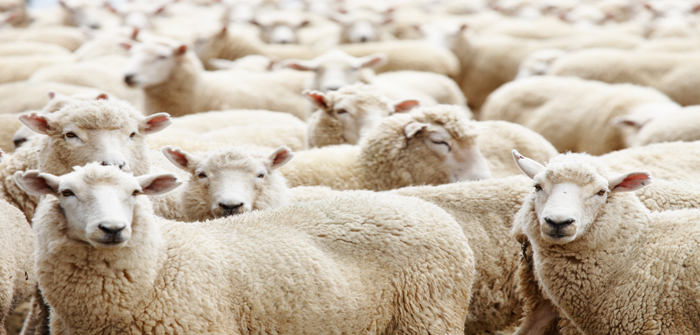The rise in temperatures in recent days means an increased risk to lambs from hatching nematodirus, said the Sustainable Control of Parasites in Sheep (SCOPS) group.
Several areas in England are now showing a moderate risk on the SCOPS Nematodirus Forecast and, with temperatures set to remain warm this week, farmers are urged to keep an eye on the rapidly changing situation.
The SCOPS Nematodirus Forecast is a free service provided for farmers, vets and advisers at www.scops.org.uk/nematodirus – 140 weather stations around the UK appear on the map, with a colour code used to indicate low, moderate, high and very high risk in that locality.
Lesley Stubbings of SCOPS said: “Locations around England are now showing a moderate risk on the SCOPS Nematodirus Forecast, which means a hatch is likely to take place within seven to 14 days if warm weather persists. Lambs most at risk are six to 12 weeks of age.
“When the weather station in your locality shows a risk, it is vital you carry out a risk assessment to decide whether you need take action, such as drenching or moving lambs to lower risk grazing that was not grazed by lambs last spring, to avoid a high challenge.”
Additional support information is provided alongside the forecast, supporting farmers to take into account variation from farm to farm and even field to field.
Ms Stubbings added: “It is important to assess the risk to each group of lambs based on their age, the history of the field and its aspect and altitude. South-facing fields tend to have an earlier hatch and a 100-metre difference in altitude will change hatching by about +/- seven days. “For example, if the nearest weather station is 200m above sea level and the farm is at 100m above sea level, hatching could be around seven days earlier than our forecast.”


